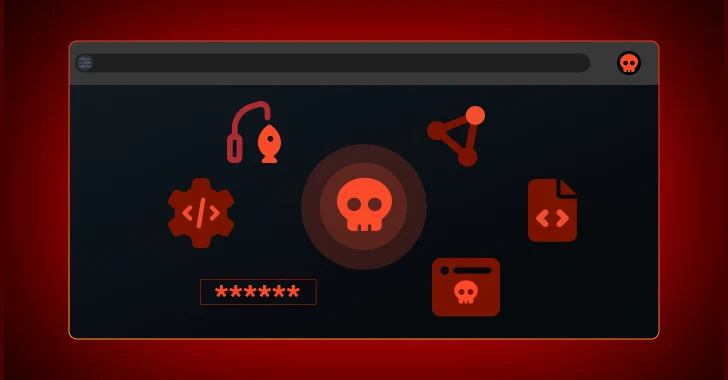UNC3944, a financially motivated cybercriminal group also known by aliases such as 0ktapus, Octo Tempest, Scatter Swine, and Scattered Spider, has recently intensified its attacks on virtual infrastructures. Their latest campaigns target VMware vSphere and Microsoft Azure environments, employing sophisticated techniques to infiltrate, persist, and exfiltrate sensitive data from compromised systems.
Evolution of UNC3944’s Attack Strategies
Initially, UNC3944 focused on credential harvesting and SIM-swapping attacks. Over time, their tactics evolved to include ransomware deployments and data theft extortion. Currently, the group has shifted its focus primarily to data theft extortion, expanding its target industries to include technology, healthcare, and finance sectors. This evolution underscores the group’s adaptability and the increasing threat they pose to organizations across various domains.
Social Engineering and Credential Compromise
A cornerstone of UNC3944’s methodology is the use of advanced social engineering techniques to gain initial access to target systems. The group conducts phone-based impersonation attacks, posing as legitimate employees to deceive IT help desk personnel into resetting Active Directory (AD) passwords. By leveraging publicly available personal information from previous data breaches, they enhance the credibility of their impersonation attempts. Once they obtain access to AD accounts, they escalate privileges by adding compromised accounts to critical security groups, such as vSphere Admins or ESX Admins, using commands like:
“`
net.exe group ESX Admins ACME-CORP\temp-adm-bkdr /add
“`
This command is executed through Windows Remote Management (WinRM), facilitating unauthorized administrative access to virtual infrastructure.
Exploitation of VMware vSphere and Azure Environments
After securing elevated privileges, UNC3944 targets VMware vSphere and Azure environments to establish persistence and facilitate data exfiltration. Their tactics include:
1. vCenter Server Appliance (VCSA) Takeover: The attackers reboot the VCSA and modify the GRUB bootloader to achieve passwordless root access. They then install teleport, an open-source remote access tool, creating encrypted reverse shells that bypass firewall egress rules.
2. Virtual Machine Manipulation: UNC3944 powers down Domain Controller virtual machines (VMs), detaches their virtual disks (.vmdk files), and attaches them to compromised VMs. This method allows them to extract the NTDS.dit Active Directory database offline, circumventing in-guest security measures.
3. Data Exfiltration: The group utilizes synchronization utilities such as Airbyte and Fivetran to transfer data from compromised environments to attacker-controlled cloud storage resources. By exploiting legitimate tools, they blend malicious activities with normal network traffic, evading detection.
Detection and Mitigation Strategies
Organizations can implement several measures to detect and mitigate the threats posed by UNC3944:
– Monitor for Unauthorized Group Membership Changes: Track Active Directory Event ID 4728, which indicates when a member is added to a security-enabled global group.
– Analyze WinRM Activity: Correlate the execution of `wsmprovhost.exe` processes with suspicious group modifications to identify potential unauthorized access.
– Implement vSphere Hardening Measures:
– Enable Lockdown Mode: Restrict direct access to ESXi hosts, allowing management only through vCenter Server.
– Enforce `execInstalledOnly`: Configure ESXi to execute only binaries installed as part of a signed vSphere Installation Bundle (VIB), preventing the execution of unauthorized code.
– Utilize VM Encryption: Encrypt virtual machines, especially those hosting critical services like Domain Controllers, to protect against offline data extraction.
– Enhance Help Desk Security Protocols: Implement multi-factor authentication (MFA) for password resets and require in-person or high-assurance verification processes for privileged account changes.
– Centralize and Monitor Logs: Aggregate logs from Active Directory, vCenter, ESXi hosts, and other critical infrastructure components into a Security Information and Event Management (SIEM) system. Correlate these logs to detect patterns indicative of compromise.
Conclusion
UNC3944’s advanced tactics highlight the critical need for organizations to fortify their virtual infrastructures against sophisticated cyber threats. By understanding the group’s methodologies and implementing robust security measures, organizations can enhance their resilience and protect sensitive data from unauthorized access and exfiltration.



